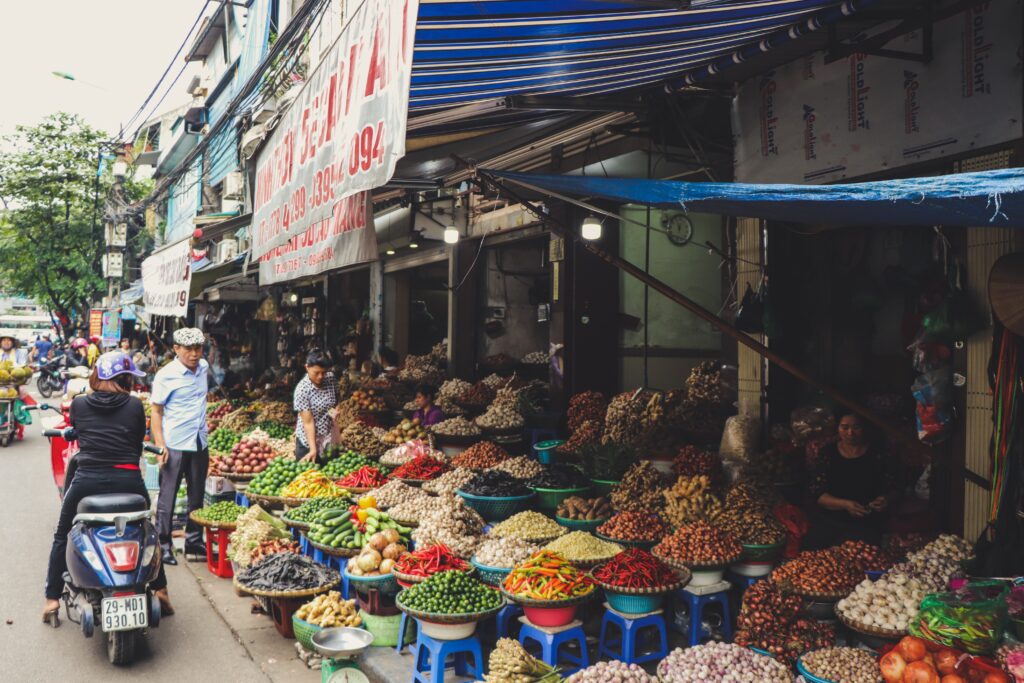
Over 1 billion people currently face food insecurity in Asia-Pacific. The reason for this shocking number is not that decision makers are not trying to solve the problem. Rather, it’s because when they do, they are often “flying blind” due to data which is incomplete or non-existent, leaving efforts destined to fail.
Recently, Dikoda completed a project with the World Food Programme designed to begin to fill these data gaps and provide measurable insights into the major themes which dominate the food security discussion today.
So what did we do, and what can you learn from our efforts?
Theme 1 – Resilience
The fact is, we are living in an era of crises – from COVID to the War in Ukraine to ongoing climate change related shocks. Because of this, it is absolutely vital to construct data on the resilience, or lack thereof, of food systems so they can be strengthened in the face of these crises.
Accordingly, we assessed the resilience of urban food systems during COVID in eight Asian cities, using data from primary and secondary sources to examine supply chains disrupted by pandemic restrictions, as well as how increasing food prices and loss of income impacted food affordability.
In an era of ongoing crises, understanding vulnerabilities with data is the first step to finding solutions.
Theme 2 – Interventions
As stated above, it’s not that there isn’t an effort being made to address food insecurity, it’s that too often decision makers don’t actually know what works.
Consequently, we conducted four deep dive case studies examining nutrition specific and nutrition sensitive interventions enacted during COVID. By evaluating these interventions, we provided an opportunity to learn from the process, and support both upgrading those which faltered, and scaling up those that worked.
If efforts are going to made to address food insecurity, hard data is needed on what works, and what doesn’t.
Theme 3 – Urbanization
Right now, rapid urbanization is taking place all over the world, and nowhere more dramatically than in Asia, where more people have joined cities in the past 20 years than exist in North American cities. It was expected that the so-called “urban advantage” would mean food insecurity was lowered as urbanization took place, but in growing urban slums, the opposite has been true.
The problem is that most food security data which exists today is focused predominantly on rural areas and holds little relevance to urban contexts.
Accordingly, we conducted a rapid market assessment in three selected cities to better understand the market environment and stakeholders in urban contexts. We looked at the food environment and accessibility of healthy and unhealthy foods, as well as the food supply chain, with particular focus on informal food sector actors.
With growing food insecurity in urban areas, it is vital that urban-specific data is created to understand urban contexts, and the challenges faced by the urban poor.
Want to know more?
So what does the data say, and what specific policy recommendations does it prescribe?



